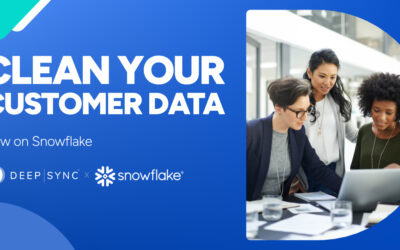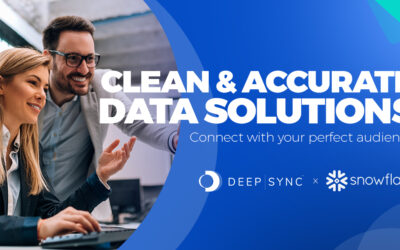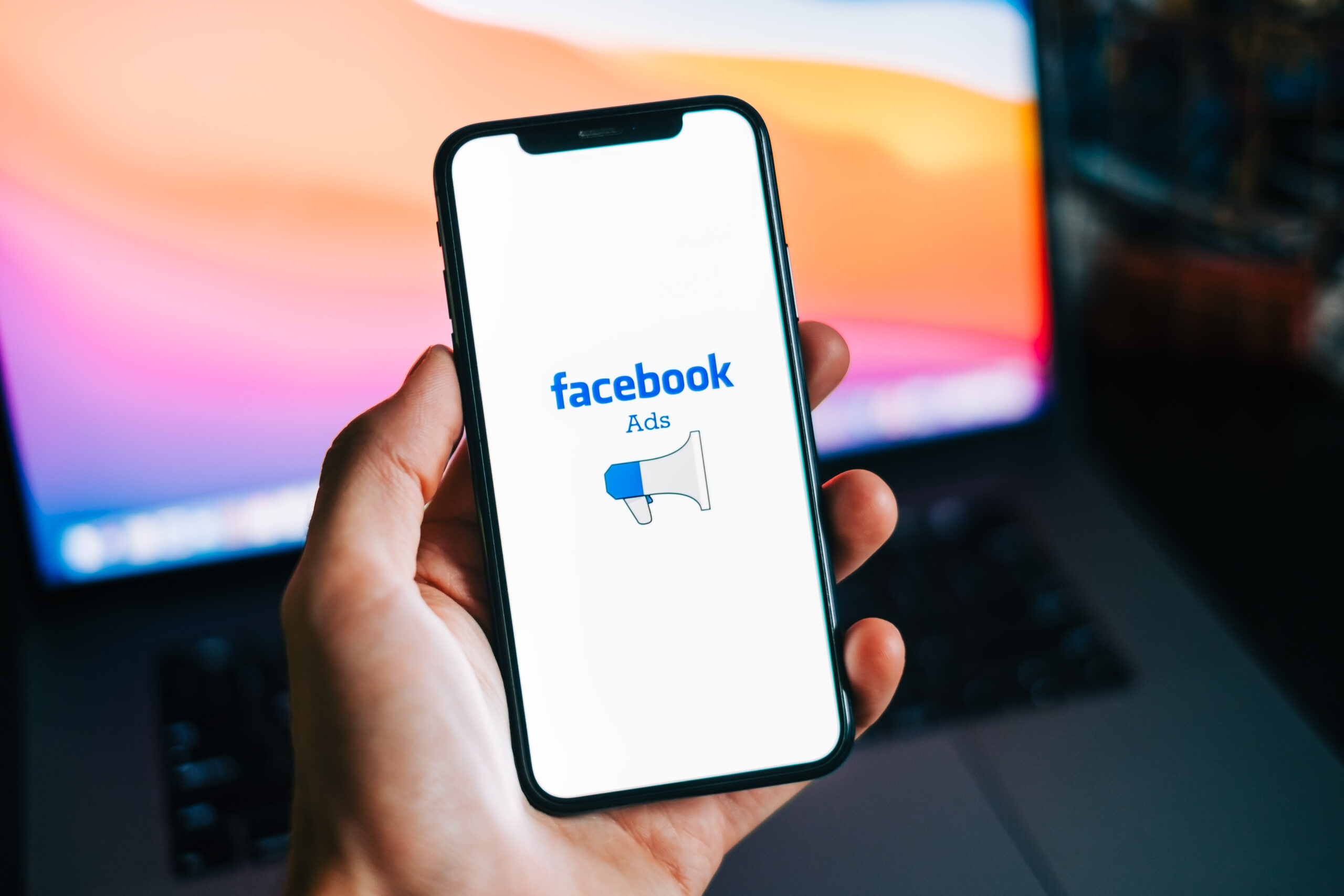When using platforms like Facebook, which host billions of active users, making the right data-based decisions and choosing the right audience is essential to growing your revenue.
Understanding how to best leverage data to refine your target audience will make your social media marketing campaigns more effective.
Facebook’s ad manager can help you plan your ad campaigns, from planning your ad sets and creating new audiences to analyzing your ad performance.
This guide will delve into the various types of Facebook ad audiences and provide practical strategies for specifying your target audience, enabling you to execute more profitable marketing campaigns.
What Are the Types of Facebook Ad Audiences?
In the Facebook advertising world, understanding your audience is a key element of successful campaign management. There are three primary types of audiences that you can use: Custom Audiences, Saved Audiences, and Lookalike Audiences.
- Facebook Custom Audiences are built from your existing customer data, including website traffic, app activity, or a customer list. These are people who have already interacted with your business before, be it on your website, app, email list, Facebook page, or through other customer touchpoints.
Create a custom audience if you’d like to do a remarketing campaign. Your existing audience is already familiar with your brand, so you should expect a higher conversion rate for this audience.
- Facebook Saved Audiences are defined based on various targeting factors, such as demographics, interests, behaviors, and location. These audiences are excellent for reaching new potential customers who align with your customer persona but may not yet be aware of your brand. It helps you reach a new set of prospective customers who have similarities to your current customers. They might currently be working with your competitors or more traditional solutions.
- Facebook Lookalike Audiences, as the name suggests, are audiences that Facebook creates to mirror the qualities of your existing customers. Facebook’s algorithm finds users who share characteristics with your Custom Audience, such as interests and demographics. These are cold audiences, but they’re likely to be interested in your business because they’re similar to people who are already on your radar.
There are other targeting options that you should consider playing with if you have a more sophisticated ad targeting strategy in mind. But, these three should be enough, especially if it’s the first time you’re using Facebook’s advertising platform.
How To Specify Your Facebook Ad Target Audience
Once you understand the types of Facebook ad audiences, the next step is to define and refine your target audience.
Start Broad
Initially, your understanding of your audience might be a little fuzzy, and that’s okay!
If you’re new to Facebook advertising, or even if you’re venturing into a new product line or service, you might feel overwhelmed or unsure about your target demographics. This uncertainty might make you hesitant to commit to a narrowly defined audience.
The beauty of digital advertising is that it allows for continual testing, learning, and refining. This is possible thanks to Facebook’s flexibility and robust data collection capabilities. In the early stages of your advertising campaign, you might have a vague idea of who your target users might be. You can translate this initial, perhaps sketchy, perception into a broad audience profile in your ad campaign. By doing so, you’re casting a wider net to capture a variety of users who might find your product or service relevant.
As your campaign progresses and collects data, you’ll start to see trends about who is engaging with your content and, more importantly, who is converting from a viewer to a customer.
You can use these insights to gradually refine and narrow down your target audience. You’ll move from broad strokes to fine lines as you define who your customer is.
For example, if you’re working in a small business that sells something everyone needs, it might be a bit hard to get specific right away.
This iterative process helps to transform a somewhat nebulous audience into a well-defined, targeted group of potential customers, improving the efficiency and effectiveness of your marketing efforts.
This strategy is not just about playing it safe—it’s about being smart and using data to guide your decisions.
Re-Target Previous Visitors
When creating an ad campaign, you have to think about the whole funnel—not just the point of conversion to paying customers. People who are already aware of your brand are more likely to convert than cold audiences, making them a high-priority target audience.
Retargeting these users can serve as a reminder of their initial interest and nudge them toward a conversion. It’s a powerful way to reach people who have already shown an interest in your business.
Imagine a user who has visited your blog, read your articles, or perhaps even subscribed to your newsletter. Or if you’re in e-Commerce, a potential customer who browsed through your online store, added items to their shopping cart, but, for some reason, didn’t complete their purchase. These individuals have already expressed an interest in your products or services. They are already familiar with your brand.
Retargeting these users with your Facebook ads is akin to gently reminding them of their initial interest. It’s a way of saying, “Hey, remember us? We noticed you were interested.” This not only increases your brand recall but can also nudge them closer to the conversion line.
This could include individuals who have visited your website, browsed your online store, or even added items to their cart without completing the purchase. By tailoring your messaging to their previous interactions, you can significantly increase the likelihood of that specific audience taking the desired action.
Use Facebook Targeting Filters
As you develop your audiences, experiment with different filters to further refine your target group and use detailed targeting for your next Facebook ad campaign.
Here are a few examples of basic filters you can use:
- Location – Where are they geographically?
- Demographics – Age, sex, job title, education level, and income
- Interests – Are they interested in things that are related to your products?
- Behaviors – You can track this using Facebook Pixel, including who website visitors are, who clicked on your landing page, and any purchase behaviors if available
- Life events – Birthdays, weddings, or high school graduations
- Engagement with your content – Likes, comments, video views, and more
- Partner connections – Behaviors or data that Facebook might get from partnering platforms
There is also the option to use automatic optimization from Facebook’s data platform.
There are more advanced, creative filters you can use to target people as you familiarize yourself with the platform. By testing and adjusting these filters, you can hone in on the audience that is most likely to engage with your content and convert.
Remember, the goal isn’t to reach everyone; it’s to reach the right people. It’s about quality over quantity—and by leveraging Facebook’s comprehensive filters, you can ensure that your ads are being presented to those who are most likely to find value in your offerings.
Eventually, this will lead to more meaningful engagements and a higher return on your advertising investment. This process is not a one-time task, but an ongoing optimization that should be consistently revisited to ensure your target audience remains accurate and relevant.
Don’t Forget Audience Insights
Facebook’s Audience Insights tool can provide valuable information about your current audience as well as your competitors’ audiences. Audience Insights, a part of Meta’s business toolkit, helps you understand how Facebook users interact with your business on said platform.
It delves into details such as the interests and behaviors of your audience, offering a rich, multi-dimensional view of who your customers are. This includes their likes, dislikes, hobbies, habits, and more. It’s not just about knowing who your audience is, but understanding what makes them tick.
Similarly, getting a sense of your competitors’ audiences can provide a broader understanding of your market. This can help identify untapped niches or new approaches to engage potential customers. Knowledge of your competitors’ audiences can also help you differentiate your brand and find unique ways to appeal to ideal customers.
Find Your Target Audience With Deep Sync One
Making the most out of Facebook ads requires understanding your audience and applying the right strategies. As a recap, you can choose between 3 types of audiences on Facebook:
- Custom Audiences, built from existing customer data
- Saved Audiences, defined by specific demographics
- Lookalike Audiences, created by Facebook to mirror your current customers
Targeting the right people with your ad sets are important, so do spend some time thinking about who your audience should be. Experiment with Facebook’s targeting filters and continue refining your campaigns using audience targeting to maximize your ad campaign’s ROI.
Deep Sync offers high-quality marketing datasets that you can use to power your Facebook ad campaigns with deep audience insights. Choose pre-packaged audience segments (or create your own custom segments!) from the Deep Sync One platform and import them into your Facebook Ads account with a few clicks. Create your account and browse audience segments for your Facebook ad campaign for free.












0 Comments